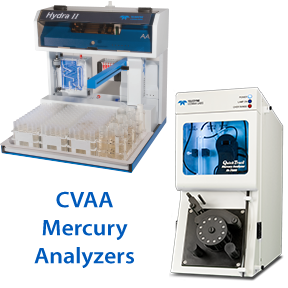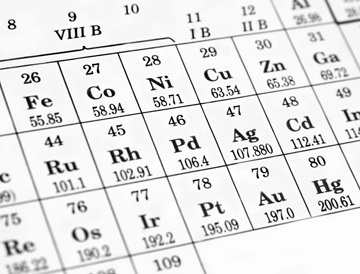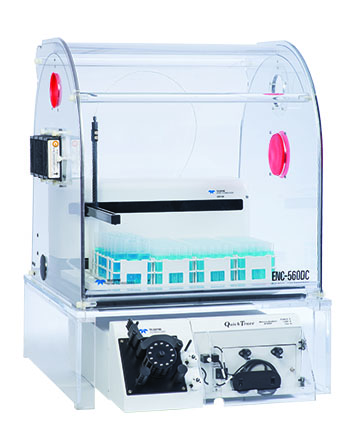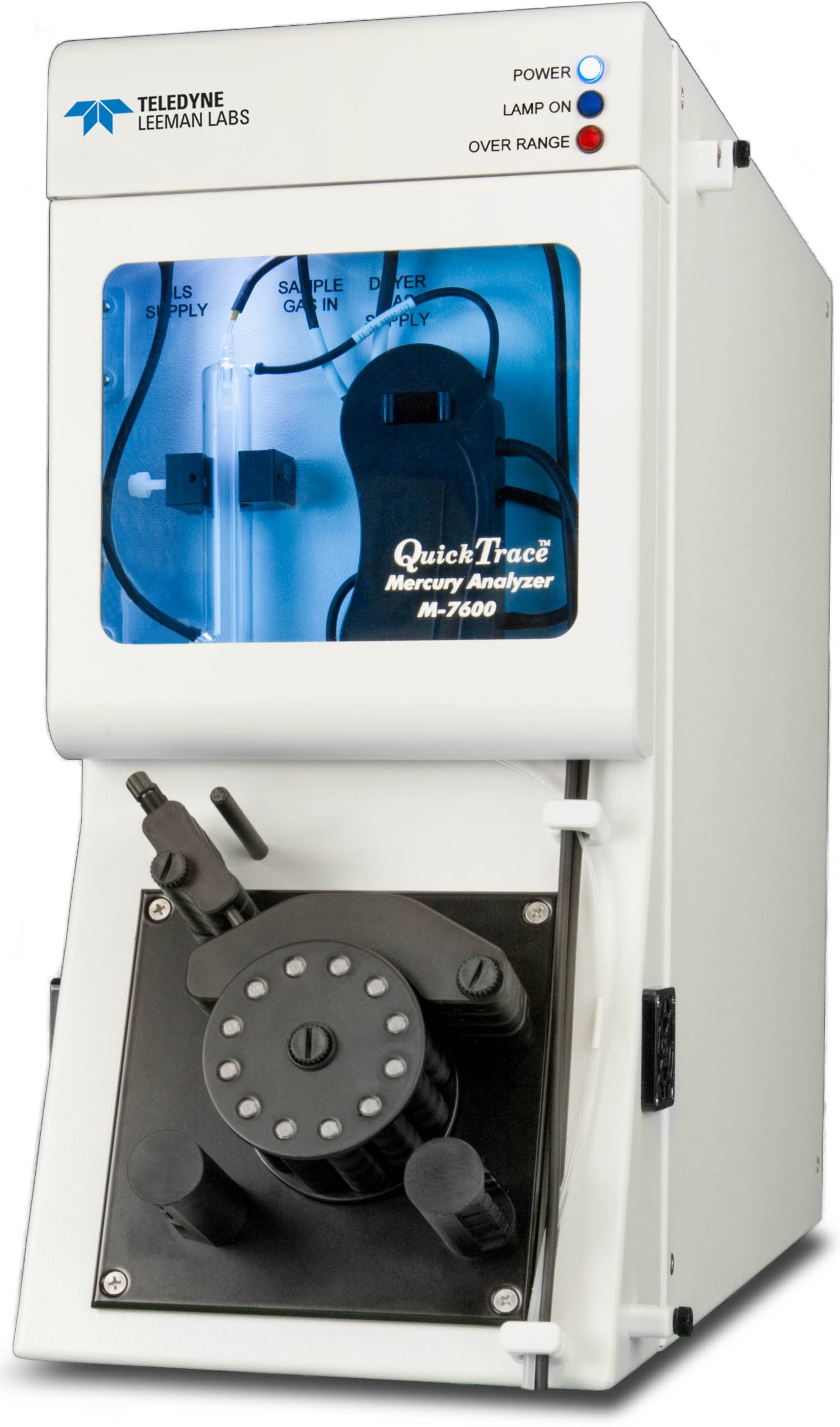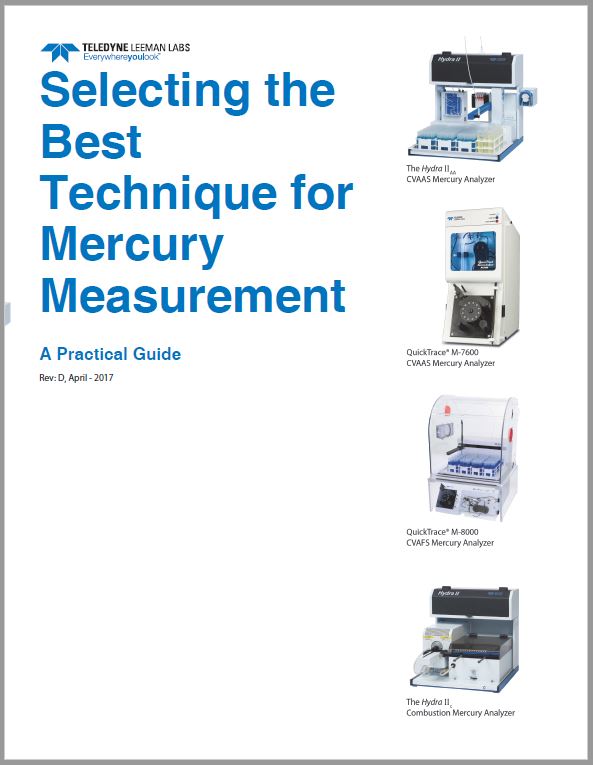The U.S. Department of Energy (DOE) has released a new plan to address the Environmental Management (EM) challenge of mercury contamination at two sites in Tennessee and South Carolina. The plan “advocates for research and the development of technologies that could resolve key technical uncertainties with mercury in environmental remediation, the deactivation and decommissioning of facilities, and processing waste in tanks.”
Read More

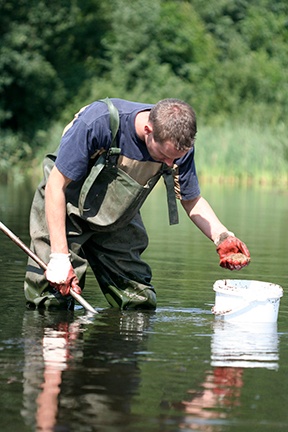
 A research team at Flinders University in Australia has “developed an inexpensive, non-toxic polymer that can absorb hazardous mercury compounds out of water and soil.” The secret ingredient of the polymer is a colorless liquid hydrocarbon that is extracted from the peel of citrus fruits such as lemons, limes and oranges. The process to extract limonene, which gives citrus fruits their smell, includes centrifugal separation and steam distillation.
A research team at Flinders University in Australia has “developed an inexpensive, non-toxic polymer that can absorb hazardous mercury compounds out of water and soil.” The secret ingredient of the polymer is a colorless liquid hydrocarbon that is extracted from the peel of citrus fruits such as lemons, limes and oranges. The process to extract limonene, which gives citrus fruits their smell, includes centrifugal separation and steam distillation.
